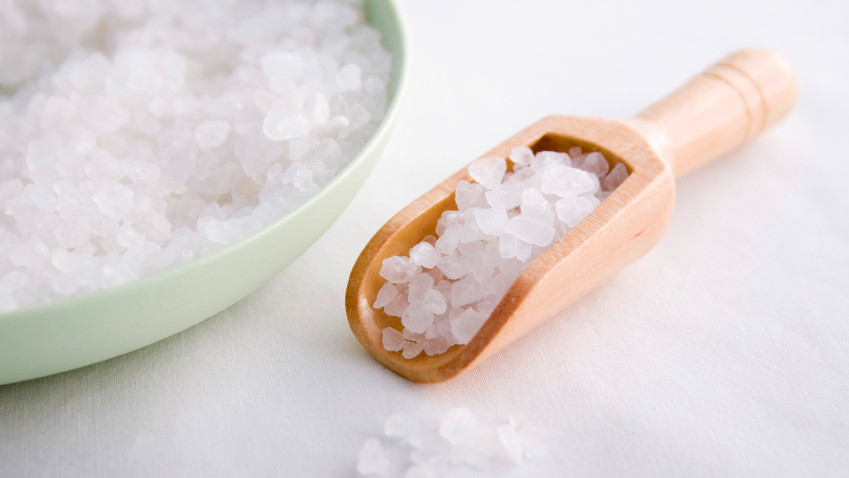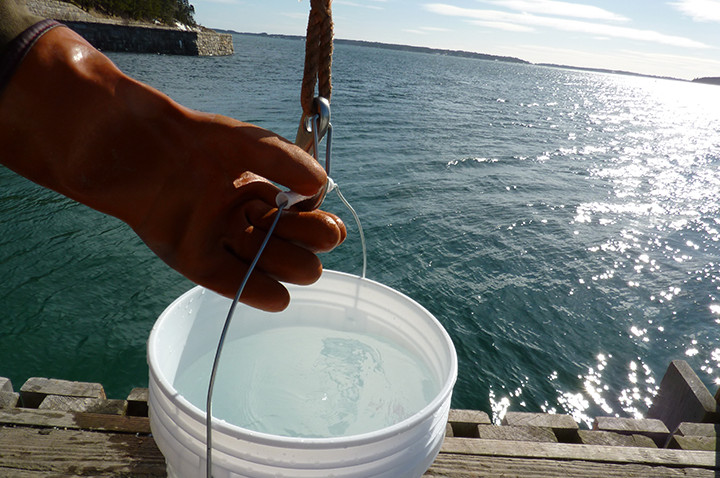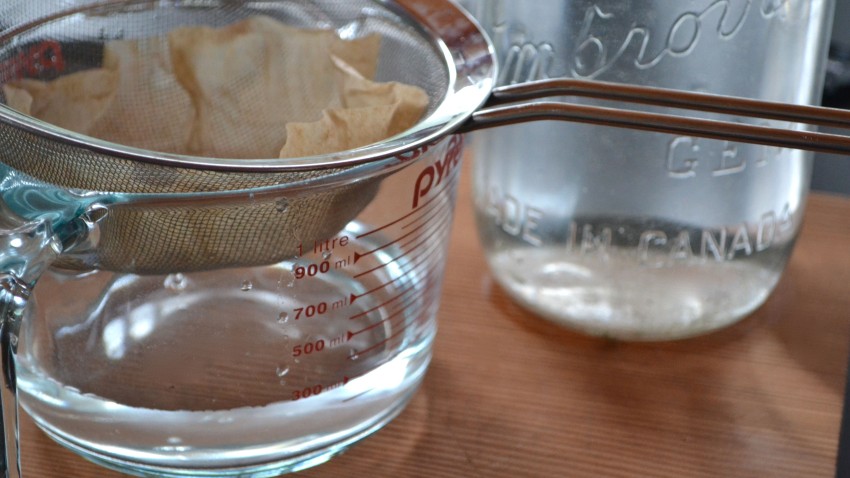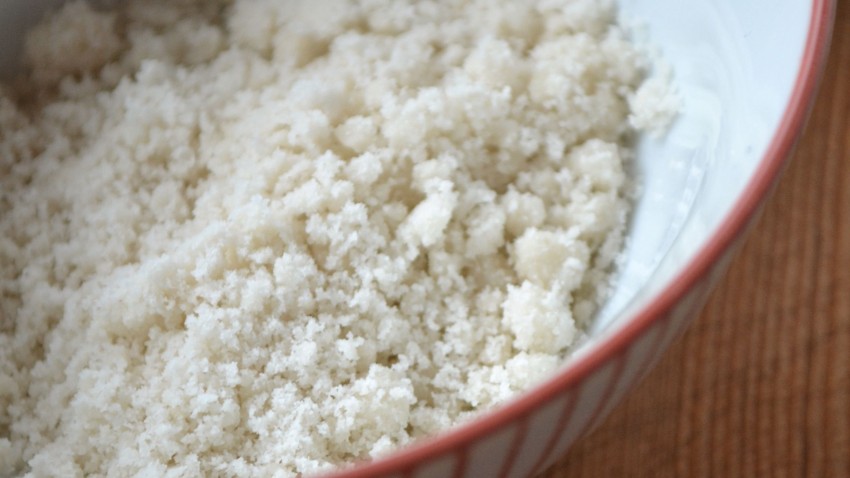How to Make Salt From Seawater
Salt is an essential requirement for any survival situation, both for practical uses as well as a valuable
trading commodity. If you are near a body of salt or brackish water, whether it is an ocean or bay, you
can extract the salt by following a few simple steps. The only problem with making your own salt is
that it takes a long time to complete the process. The best way to make things go faster is by boiling
away the water until nothing but salt remains.
The first step is to gather salt water in any container you prefer, bring it home and let it sit for an hour
or so. This will allow sediment to settle and particles to float to the top. Pour the water through a fine
screen mesh or strainer, thin linen or a cheesecloth. If you are using a strainer, run it through a couple
of times to get as much of the impurities out of the water as possible. You will be able to separate
some additional material from the water later as well, but it’s better to get the water as pure as possible
beforehand.
Once the water has been strained, pour it into a large pot and bring to a boil with the lid off. You can
also use any aluminum container over an open fire and accomplish the same goal. Bring it up to a
vigorous boil until the water level drops by about half. Turn down the heat, and you will notice that the
water is becoming cloudy while salt particles sink to the bottom. This is when things get kind of tricky
and require your attention.
You need to continue to boil the water away until nothing but salt remains. However, it’s important that
you don’t let the salt burn as it is cooking. You can either boil vigorously and stir continually until the
water level gets to be an inch above the salt, or you can reduce the heat and be patient. You will still
need to stir occasionally if you reduce the heat to a simmer, but salt won’t stick to the bottom as quickly
as it does with a rolling boil. The end result that you are looking for is a salt that has the consistency of
wet sand.
As the water boils down to about an inch above the salt, you will need to stir continually once again
over a low heat. The remaining water will evaporate quickly, and it is essential that the salt isn’t
allowed to stick to the pan, otherwise you will ruin a good portion of the product. It’s okay to leave a
little bit of water in the pan as well, as long as you strain the salt before setting it out to dry.
The drying phase is very simple. Place the salt on a flat surface, whether it’s a baking sheet or plate.
Place it in a dry area that is exposed to sunlight until it is completely dry. You can also bake off the
excess water by placing the salt in the oven at a temperature of around 225-250 degrees. However, it
will retain most of its purity if you let nature take care of things. You can also put it underneath a lamp
for additional heat and light in order to speed up the process. Once the salt has completely dried, you
can store it for future use. As long as it’s dry, salt can last for years and years.








